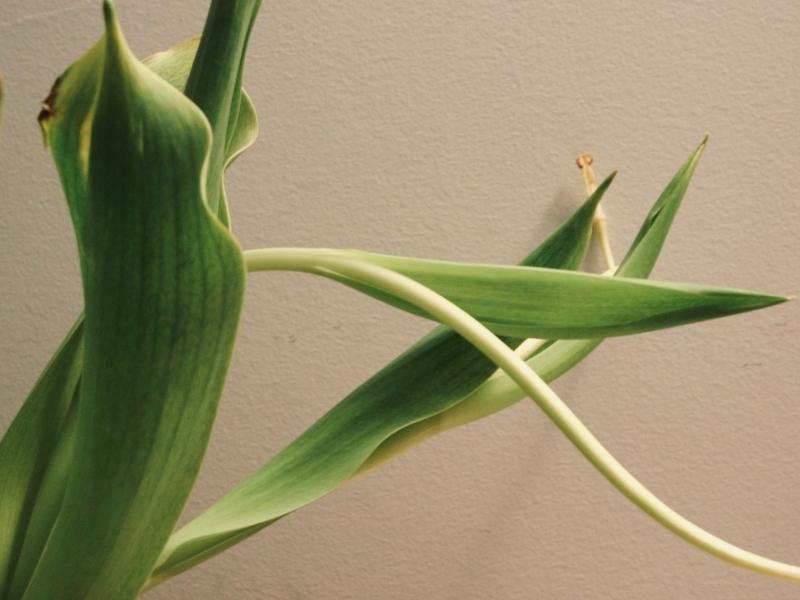Calla lilies are known for their gorgeous white blooms and striking dark green leaves. So when those leaves become marred with unsightly holes, it can be incredibly frustrating for any gardener. In this article, we’ll explore the common pests responsible for the damage, how to accurately identify them, and most importantly, effective organic solutions to get rid of them for good.
The Main Culprits Chewing Holes in Calla Lily Foliage
Upon close inspection of the holes left behind you can often determine which pest is the culprit munching on your prized lilies. Here are the most frequent hungry insects and bugs found destroying calla lily leaves
-
Caterpillars – Neatly rounded holes in orderly rows signals caterpillars The green worms love feasting on the leaves and can quickly defoliate plants
-
Slugs/Snails – These leave behind irregular ragged holes, especially along leaf edges. Their telltale slimy trails on leaves confirm their presence.
-
Potato Leafhoppers – Tiny wedge-shaped bugs that pierce leaves, causing brown dead spots that turn to holes They spread rapidly.
-
Flea Beetles – Small black beetles that leave behind a “buckshot” effect with numerous tiny holes peppering leaves.
-
Japanese Beetles – Iridescent green beetles that skeletonize leaves, eating tissue between leaf veins.
-
Earwigs – Jagged notches chewed along leaf edges, typically emerging at night.
-
Aphids – Pear-shaped bugs that form clusters on leaves, leaving yellow spots that turn to holes.
-
Thrips – Minuscule worms that suck juices from leaves, causing dried flecks that drop out to leave holes.
Confirming the Exact Culprit Chewing Up Your Lily Leaves
Carefully inspecting the damage as well as the presence of pests themselves is key to identifying what’s attacking your calla lilies. Here’s what to look for:
-
Orderly spaced small rounded holes signals caterpillars. Inspect undersides of leaves to find the green worms.
-
Ragged holes near edges means slugs/snails. Look for slimy trails to confirm.
-
Blotchy brown spots turning to holes indicates potato leafhoppers. Use a magnifying glass to spot the tiny green bugs.
-
Leaves peppered with small holes likely means flea beetles. You may see the tiny jumping black beetles still present.
-
Lacy holes between veins points to Japanese beetles. Look for metallic green and bronze beetles on foliage.
-
Jagged notches around edges signals earwigs. Search at night with a flashlight to catch them in the act.
-
Yellowing dots that become holes is the work of aphids. Check undersides of leaves for clusters of tiny pear-shaped bugs.
-
Dried flecks dropping out to leave holes indicates thrips. Use a magnifying glass to spot the minuscule worm-like pests.
8 Organic Ways to Banish Bugs Eating Your Lily Leaves
Once identified, prompt action is needed to eradicate the pests from your calla lilies. Safer organic solutions can eliminate the problem without toxic chemicals:
-
Hand picking – Pluck off larger slugs, snails, caterpillars by hand and dispose in soapy water.
-
Hose spray – Knock off small swarms of insects like flea beetles and aphids with a strong water stream.
-
Diatomaceous earth – This natural powder made from fossils cuts up and kills soft-bodied pests.
-
Neem oil – Derived from the neem tree, this organic spray kills and deters juvenile insects.
-
Insecticidal soap – Soap solutions kill soft-bodied insects on contact by disrupting their exoskeletons.
-
Beneficial insects – Let ladybugs, lacewings and other natural predators control aphids and other bugs.
-
Row covers – Fabric barriers prevent adult insects from accessing plants and laying more eggs.
-
Sticky traps – Lure insects in using yellow and blue traps, where they become stuck and die.
A multi-pronged approach customized to target the specific pest is most effective. And take preventative measures like sanitation, crop rotation, and proper fertilizing to strengthen lily health.
The Bottom Line
With vigilance and prompt use of organic pest control methods, gardeners can defeat those leaf-munching bugs and restore their calla lily foliage to flawless condition. No more ugly holes – just gorgeous blooms to enjoy. A visual inspection paired with targeted, eco-friendly solutions will help nip any infestation in the bud and keep calla lilies thriving.

Your cart is empty
Calla lilies are easy to grow. They look great in any garden, as container plants, or as cut flowers. When planting calla lily bulbs, you can choose from many colors. These include pink, lavender, dark maroon, yellow, and orange!
What Does a Calla Lily Look Like?
Calla lilies are smooth and have freckled, sword-like foliage. Their foliages are stunning all season and look wonderful in a vase as a cut flower or in your garden outside.
Calla Lily Care Guide – Picking, Placing, and Parenting Your Plant
FAQ
Why do my calla lilies have holes in the leaves?
Slugs and whiteflies are common pests of calla lilies. They can create holes in the leaves and ruin your garden’s look.
How to get rid of holes in lily leaves?
Scarlet lily beetles control and treatment
Always place some light paper underneath the plant so you can spot them when they fall off the plant. , Wipe off the larvae rather than picking them off or remove a whole leaf where they are feeding and dispose of it.
How do I get rid of bugs on my calla lilies?
What is eating holes in my canna lily leaves?
Holes in your canna lily leaves are likely being caused by canna leaf rollers, which are caterpillars that feed on the leaves, often rolling them up for protection as they eat. These caterpillars are the larvae of the Brazilian skipper butterfly.
